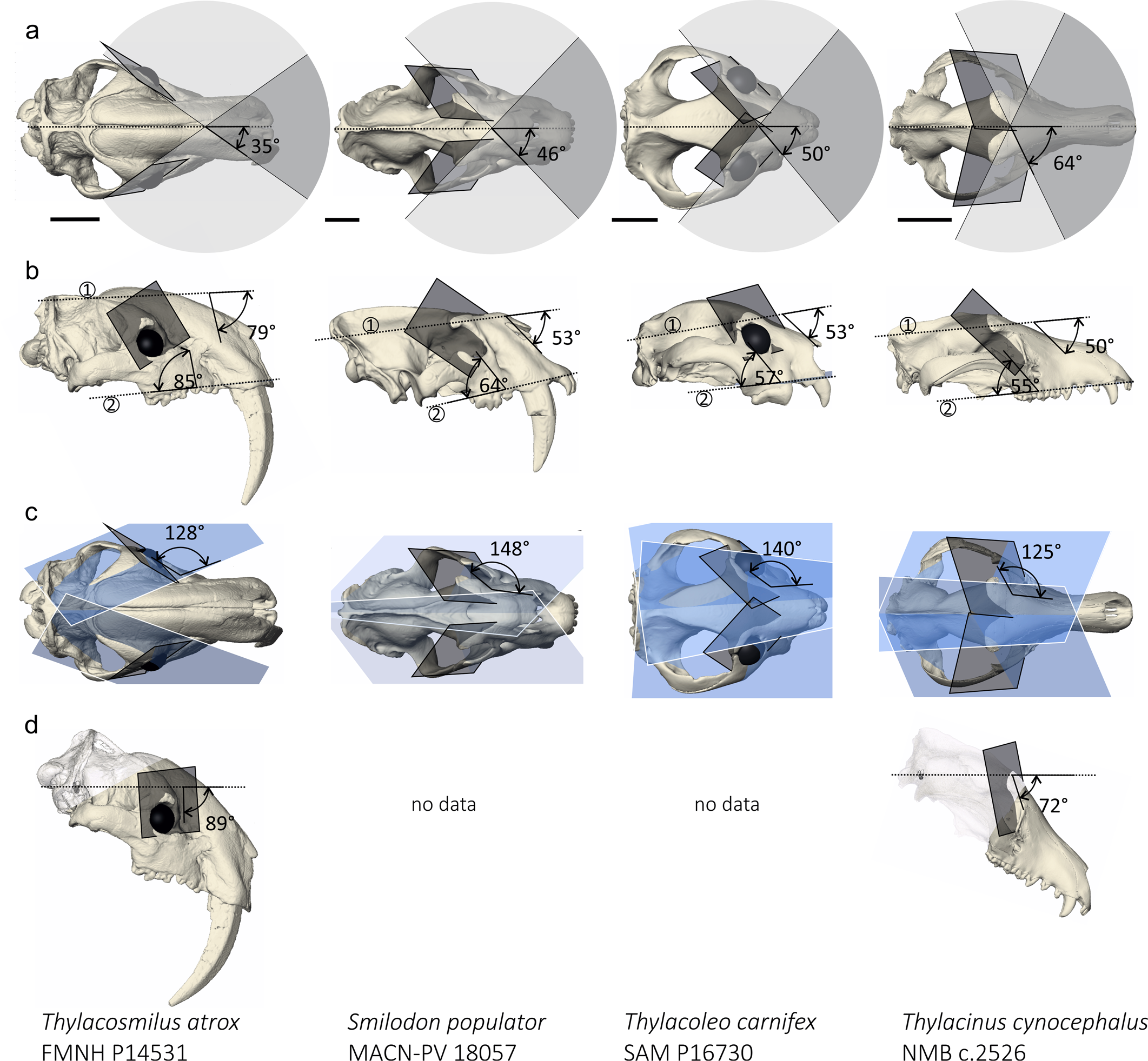
Understanding the Unique Characteristics of the Marsupial Sabertooth Thylacosmilus
The discovery of the marsupial sabertooth Thylacosmilus has shed light on the unique evolutionary adaptations that allowed this animal to thrive in its environment. With its razor-sharp teeth and powerful jaw muscles, Thylacosmilus was a formidable predator that lived in South America during the Pliocene epoch. Recent research has revealed fascinating insights into the vision and dental development of this remarkable species, and has deepened our understanding of how it adapted to its environment.
Also Read:- Understanding Solar Storms and Their Impact on Earth
- Uranus Moons Might Have Hidden Oceans, Says NASA
Evolution of the Sabertooth
The sabertooth Thylacosmilus evolved from a group of carnivorous mammals known as sparassodonts, which lived in South America from the late Cretaceous period to the end of the Miocene epoch. These animals were known for their sharp, blade-like teeth, which they used to kill prey by slicing through soft tissues such as muscle and skin. Thylacosmilus was the last surviving member of this group, and was well adapted for hunting large prey.
Teeth and Dental Development
One of the most striking features of Thylacosmilus was its massive canine teeth. These teeth were much longer than those of any living carnivore, and were serrated like a steak knife. Recent research has revealed that these teeth grew throughout the animal's life, rather than reaching their maximum size at a young age and then stopping. This is a unique feature among mammals, and suggests that Thylacosmilus was able to maintain its hunting prowess for many years.
Vision and Stereoscopic Vision
Another remarkable feature of Thylacosmilus was its vision. A recent study published in the journal Scientific Reports revealed that this animal had a unique arrangement of the eyes that allowed for stereoscopic vision. This means that each eye was positioned slightly differently, allowing the brain to create a three-dimensional image of the environment. This would have been an incredibly useful adaptation for hunting, as it would have allowed Thylacosmilus to accurately judge the distance to its prey.
The discovery of Thylacosmilus has provided us with a fascinating glimpse into the evolutionary history of South America. This animal was a top predator during its time, and was well adapted for hunting large prey. Its massive canine teeth and unique eye arrangement were key features that allowed it to thrive in its environment. As we continue to study the remains of this remarkable animal, we will no doubt uncover even more fascinating insights into its biology and behavior.
Read More:- How to See the Northern Lights in March 2023
- The Controversy Surrounding Resident Evil 4 Remake Costumes
That's it for this article.
Thanks for Visiting Us – fixyanet.com




0 تعليقات